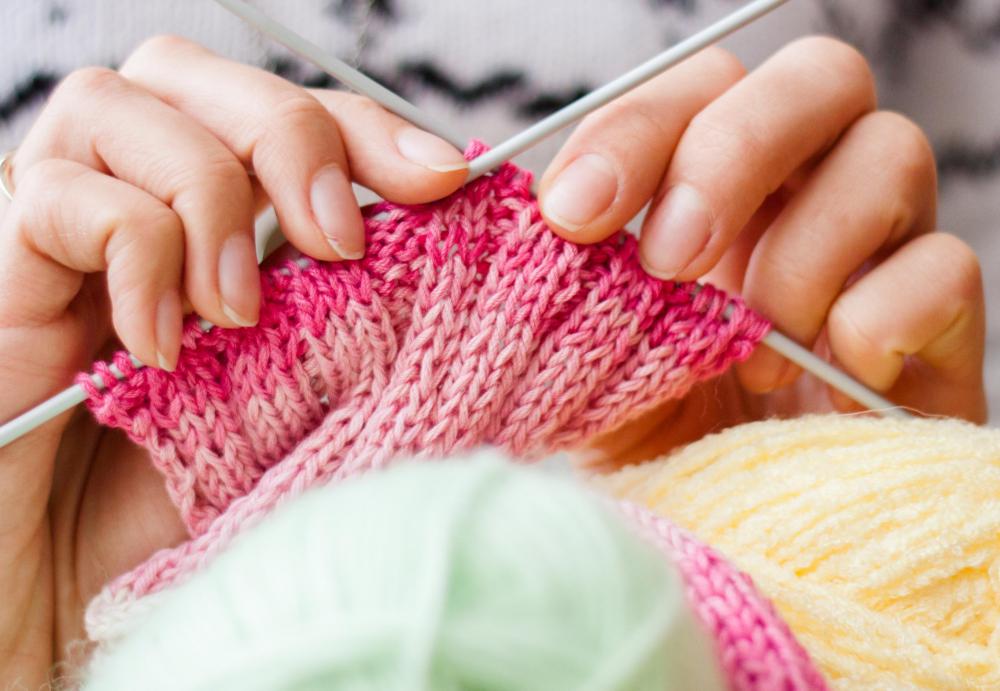At WiseGEEK, we're committed to delivering accurate, trustworthy information. Our expert-authored content is rigorously fact-checked and sourced from credible authorities. Discover how we uphold the highest standards in providing you with reliable knowledge.
What are French Pins?
French pins are types of safety pins where the pin tip locks into the top of the head of the pin. This makes them safe for use for a variety of different pinning purposes. For instance, they can be used in place of boutonniere pins for small flower arrangements. Unlike other types of safety pins, French pins don’t feature the coil at the bottom of the pin, so they are less springy, and a little lighter in weight. They're merely a bent thin U shape when opened, and a narrow oval shape when closed.
Typically French pins, also called coilless safety pins, are available in several color variations; brass, silver and gold are the most common. They may range in size from about three quarters of an inch to over 2 inches (1.91-5.08 cm) in length. They can be a little harder to work because they don’t feature the coil and aren’t as springy. You can order the pins already opened, so you don’t have to struggle with opening them by pushing hard on the pin.

The advantage of French pins over safety pins with coils is that they tend to better secure garments. Enough pressure on coiled safety pins can cause the pin to pop open. It takes much more pressure for this to occur with French pins, and they might be a good choice for pinning clothing, corsages, or for adding other decorous elements to one’s clothing. For instance you can place beads on French pins, and pin it backward to create a lovely beaded pin.
Since coilless pins are less bulky, they are also perfect for securely pinning up a hem or a ripped article of clothing without being noticed. In fact, up until the 13th century, clothing for European aristocrats was frequently pinned, instead of being sewn, which explains why many women of the upper classes need a maid to help them dress. Many people who sew prefer to use French pins as opposed to coiled safety pins when they must pin clothing prior to sewing it. Of course, still others prefer the straight pin for this purpose. You can also use French safety pins in smaller lengths to securely pin on a button, without worry that the pin will be pushed open during the day.
French pins can additionally be used in knitting, to mark rows or the end or start of patterns of stitches. Because they don’t feature a coil, they’re often preferred when working with delicate threads. The threads can’t catch on a coil, destroying the design or look of a knitted garment.
AS FEATURED ON:
AS FEATURED ON:











Discussion Comments
I would like to know if anyone knows where I can get Coiless Safety Pins in Australia, I have found two sizes 3/4, 7/8 however I would like to buy the bigger ones.
Cheers
Quailwa
Post your comments